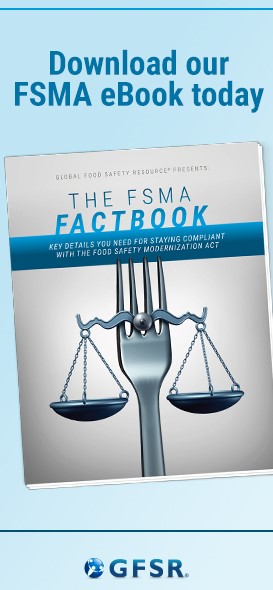Social Media and Recall Management Communication: Are You Prepared?
By Joan Martino
Does your company have a communication strategy that includes “social media” in a crisis? More than three billion people actively use social media, and more than 60% of adults use these sources for current news.
Recall Management Plans typically follow a systematic investigative approach to ensure the public is protected from unsafe product that may have been distributed. But while the recall management team is gathering and examining the facts, the general public may already be forming their own opinions about the incident, and are using social networks to talk about it. It’s important to be in control of communications before, during and after a recall incident. This translates into creating a communication plan for crisis management that incorporates social media.

Product recalls = Crisis Management = Huge dollars in lost sales, customers and legal expenses.
The power of social media should never be underestimated: during the 2011 Rock n’ Roll Marathon in Las Vegas, dozens of runners fell ill with symptoms of vomiting, nausea and severe stomach pain. Many of them posted their stories on Facebook®, which drew the attention of local health officials. There were over 40,000 runners at this event from various parts of the country and beyond, which posed numerous challenges to the investigation. The Southern Nevada Health District decided to leverage social media as a tool for investigating the outbreak. This expedited information-gathering for the investigation, and helped determine the extent of the illness, and its possible sources. There were many benefits, including access to time-sensitive information from those affected.
Few companies are truly prepared for a food recall, no matter how good the documented procedures appear. The sheer logistics of managing returned products and conducting investigations in a timely manner is a massive undertaking that requires expertise. Communication is key to success and a strategy incorporating social media skills should be integrated before a crisis occurs.
Tips for Integrating Social Media into Your Plan:
• Identify Stakeholders. This list can be extensive and include both internal and external participants, from customers and employees to shareholders, distributers, investors, regulators and anyone that might be affected. In social media this includes influencers. They are already active in blogs and other areas commenting on your brand.
• Establish Communication Guidelines. Think of the Five W’s: who will speak, what will they say, where will they communicate, when and how often, and why are they speaking on behalf of the organization. Consistency is important for trust and credibility. There should be procedures to oversee conversations on social platforms and redirect important issues.
• Select the Platform. There are many popular and emerging forms of social media. Stick to what you know how to use that can reach the greatest audience.
• Test, Verify and Improve. Communications should be tested, and platforms verified for viability and maximum outreach. New networks and methods to maximize your communication potential are consistently emerging. Recognize change and improve your strategy.
Once a recall has subsided, the communications are not over. Customers and stakeholders should be reassured that operations are back in control. Establishing credibility through follow-up communications builds trust, demonstrates responsibility, and strengthens your brand and company position.
About the Author
Joan Martino is CEO of Quality Supply Chain, a company that provides simplified solutions to address regulatory compliance, supply chain initiatives and audit requirements for multiple industry sectors including food manufacturers, hospitality, retail, warehousing, packaging and equipment suppliers. She has also helped many leading US and Canadian companies integrate their systems with HACCP and GFSI requirements.




